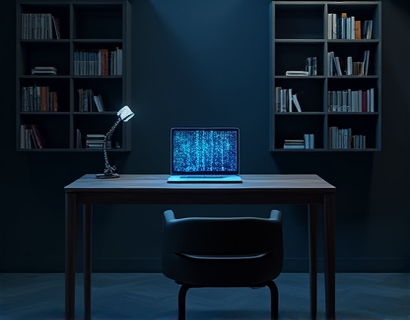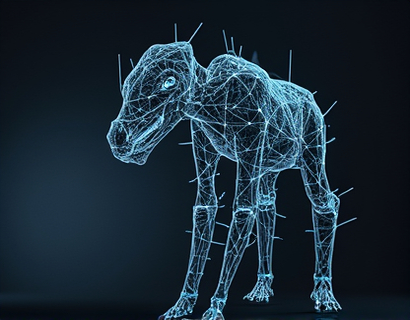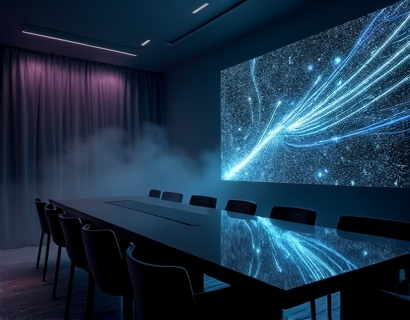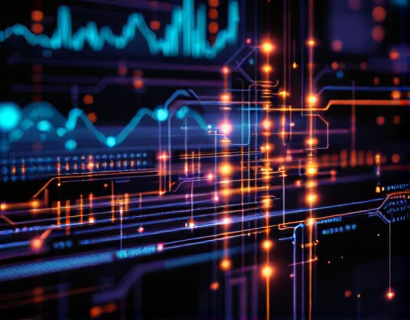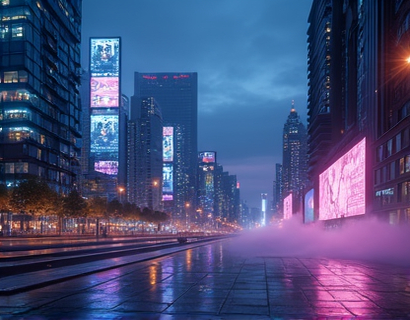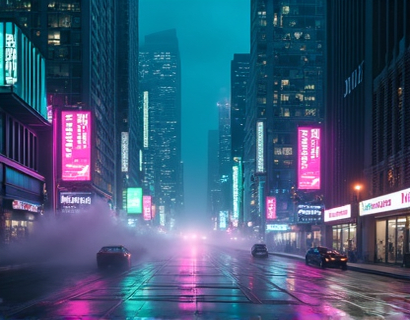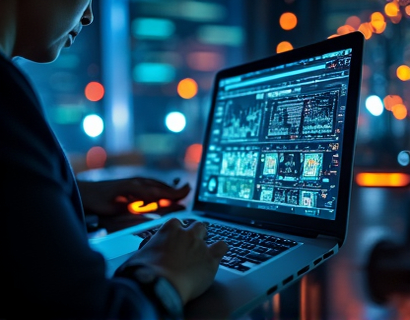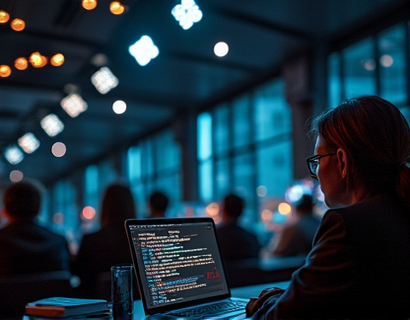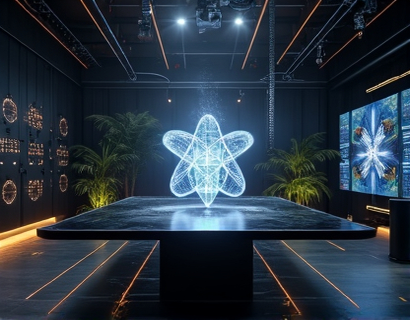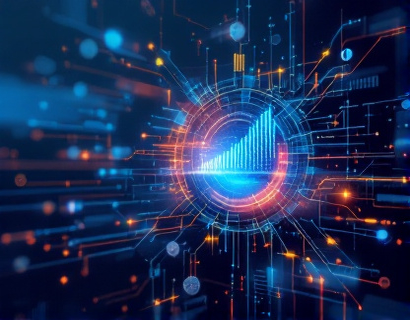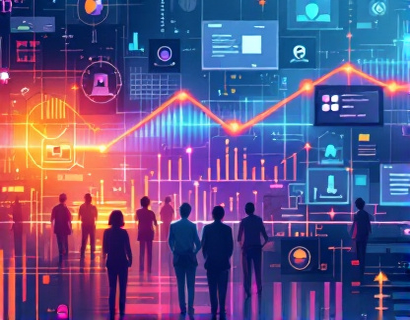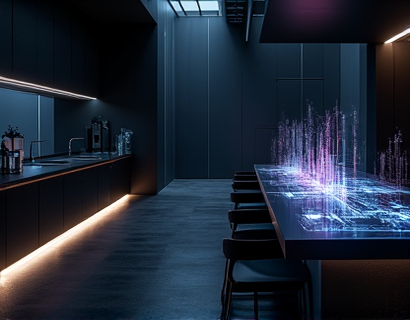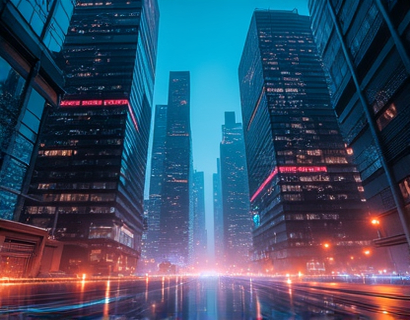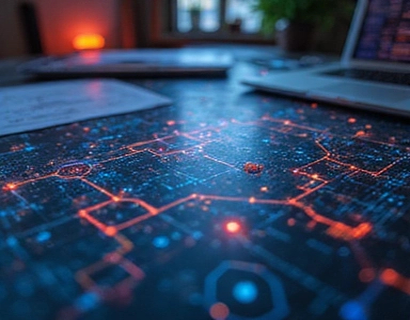Advanced AI Image Verification: Ensuring Authenticity in a Digital World
The digital age has revolutionized the way we consume and create visual content. With the rise of artificial intelligence, the creation and manipulation of images have become increasingly sophisticated, posing significant challenges to authenticity and trust. In this landscape, advanced AI image verification tools have emerged as crucial assets for professionals across various fields. This article delves into the intricacies of these cutting-edge technologies, designed to detect AI-generated and altered images, thereby ensuring the authenticity and integrity of digital media.
Visual content verification is not just a niche concern but a fundamental requirement for maintaining trust in an era where digital manipulation is rampant. Professionals in digital media, content creation, brand management, security analysis, legal compliance, journalism, and education are particularly reliant on accurate and reliable methods to verify the authenticity of images. The stakes are high, as misinformation and manipulated content can lead to severe consequences, from brand damage to legal issues and misinformed public decisions.
The Need for Advanced Image Verification
The proliferation of AI-generated and altered images has necessitated the development of advanced verification tools. Traditional methods of image verification, such as manual inspection and basic software, are often insufficient against the sophisticated techniques used in AI image manipulation. These advanced tools leverage machine learning and deep learning algorithms to analyze images at a granular level, detecting subtle changes and inconsistencies that are imperceptible to the human eye.
One of the primary challenges in image verification is distinguishing between naturally occurring variations and deliberate alterations. AI-generated images, in particular, can mimic real photographs with remarkable accuracy, making it difficult to discern authenticity. Advanced verification software addresses this by employing a multi-layered approach, combining visual analysis with behavioral and contextual cues to assess the likelihood of an image being manipulated.
How Advanced Verification Software Works
Advanced AI image verification software operates through a series of sophisticated processes. The first step involves image analysis, where the software examines the pixel structure, color distribution, and metadata of the image. Machine learning algorithms are trained on vast datasets of authentic and manipulated images, enabling them to recognize patterns and anomalies.
One key technique used is convolutional neural networks (CNNs), which are particularly effective in identifying subtle changes in images. These networks can detect inconsistencies in lighting, shadows, and textures that may indicate manipulation. Additionally, the software can analyze the image's metadata, such as EXIF data, to uncover signs of tampering or unauthorized editing.
Another critical aspect of advanced verification is the assessment of image context. This involves analyzing the surrounding environment, objects, and individuals within the image to ensure consistency and plausibility. For instance, the software can cross-reference facial recognition data to verify the identity of people in the image or check if the location and time depicted in the metadata align with the visual content.
Applications Across Various Fields
The applications of advanced AI image verification extend far beyond general interest, impacting multiple professional domains. For digital media professionals, ensuring the authenticity of visual content is paramount to maintaining credibility and trust with audiences. Content creators rely on these tools to verify the origin and integrity of images used in their work, preventing the spread of misinformation and protecting their reputation.
Brand managers use image verification to safeguard their brands from association with manipulated or false content. In an era where a single misleading image can cause significant damage, having a reliable verification process is essential. Security analysts benefit from these tools by using them to authenticate evidence and detect potential threats, such as deepfakes used in cyber attacks or fraudulent activities.
Legal and compliance teams depend on image verification to meet regulatory requirements and ensure that evidence presented in court is genuine. Journalists and media professionals use these tools to verify the authenticity of sources and visual evidence, upholding journalistic integrity and public trust. Educators can incorporate these technologies into their curricula to teach students about media literacy and the importance of verifying digital content.
Benefits of Advanced Image Verification
The benefits of implementing advanced AI image verification are manifold. Firstly, it enhances trust and credibility in digital media, ensuring that the content consumed by audiences is genuine and reliable. This is particularly crucial in an age where misinformation can spread rapidly and have far-reaching consequences.
Secondly, advanced verification tools protect brands and organizations from reputational damage caused by manipulated or false images. By proactively verifying visual content, companies can mitigate risks and maintain a positive public image. For legal and compliance teams, these tools provide a robust mechanism to ensure adherence to regulations and standards, reducing the likelihood of legal issues.
Moreover, advanced image verification empowers professionals to make informed decisions based on accurate visual evidence. In fields like security analysis and journalism, where the authenticity of images can impact critical decisions, these tools are invaluable. Educators can use these technologies to foster critical thinking and media literacy among students, preparing them to navigate the complex digital landscape.
Challenges and Limitations
Despite their effectiveness, advanced AI image verification tools are not without challenges and limitations. One significant challenge is the continuous evolution of AI image manipulation techniques. As creators develop more sophisticated methods to alter images, verification tools must constantly adapt and improve to stay ahead. This requires ongoing research and development, as well as collaboration between technology providers and experts in various fields.
Another limitation is the potential for false positives and negatives. While advanced algorithms are highly accurate, they are not infallible. Factors such as image quality, lighting conditions, and the complexity of manipulations can affect the verification process. Therefore, it is essential to use these tools as part of a comprehensive verification strategy, complemented by human judgment and additional investigative methods.
Privacy concerns also arise, particularly when verifying images that contain sensitive or personal information. Advanced verification tools must be designed with robust privacy protections to ensure that the verification process does not infringe on individuals' rights. Transparency in how data is collected and used is crucial to maintaining trust and compliance with privacy regulations.
Future Trends in Image Verification
The field of AI image verification is rapidly evolving, driven by advancements in machine learning, computational power, and interdisciplinary research. One promising trend is the integration of multimodal verification, which combines visual analysis with other data sources such as audio, text, and metadata. This holistic approach can provide a more comprehensive assessment of an image's authenticity.
Another area of development is the use of blockchain technology to create immutable records of image provenance. By recording the history and authenticity of an image on a blockchain, stakeholders can have a verifiable and tamper-proof record, enhancing trust and accountability.
Furthermore, the rise of decentralized verification networks could democratize the process, allowing a community of users to collaboratively verify images. This peer-to-peer approach can reduce reliance on centralized authorities and enhance the resilience of verification systems against manipulation and censorship.
Conclusion
Advanced AI image verification represents a significant leap forward in ensuring the authenticity and integrity of digital media. By leveraging cutting-edge technologies, professionals across various fields can navigate the complexities of image manipulation and AI creation with confidence. As the digital landscape continues to evolve, the importance of reliable verification tools will only grow, safeguarding trust and fostering informed decision-making.
While challenges remain, the ongoing advancements in verification technology offer a promising future for maintaining the authenticity of visual content. Embracing these tools is not just a technical necessity but a fundamental step towards upholding integrity and trust in an increasingly digital world.





